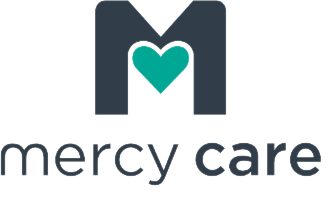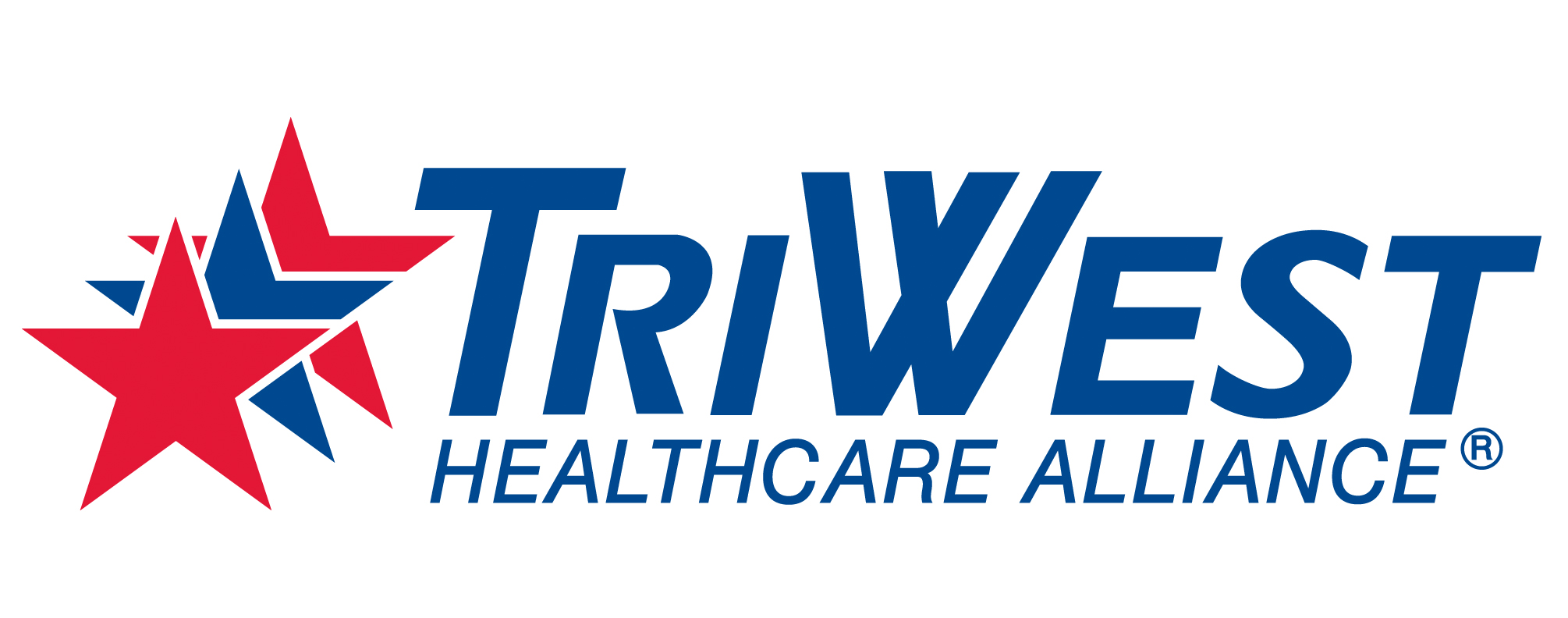Various medications are used in medication-assisted treatment (MAT), but the one commonly used nowadays is suboxone. Suboxone is a prescription medicine approved by the U.S. Food and Drug Administration (FDA) to treat opioid use disorder (OUD), including heroin and narcotic painkillers addiction. Together with behavioral and counseling therapy, compliance monitoring, and lifestyle changes, suboxone is part of a comprehensive treatment plan for opioid addiction patients. Before delving into suboxone use in opioid addiction treatment, let us first understand what opioids are.
What Are Opioids?
Opioids are prescription medications used to manage and treat pain. They are legally prescribed and can become highly addictive, especially when misused because they cause intense euphoria and relaxation. Opioid addiction is known as Opioid Use Disorder (OUD). Opioids also release significant amounts of dopamine which can lure the user into taking more drugs to go through the experience again.
Taking opioids regularly for a long period can alter the brain’s reward system, and nerve receptors adapt and begin resisting the drug. This leads to craving higher doses, making it difficult to stop its use. Physical withdrawal occurs when the drug is absent in the body, and the user’s receptors have to adapt to its absence. Withdrawal symptoms may include hot and cold flashes, tremors, muscle aches, anxiety or diarrhea, and vomiting.
Opioids can be taken orally, snorted, smoked, or by intravenous (IV) injection. Most addicts prefer IV injections since they give the quickest and strongest pleasure or euphoria. This can lead to infectious diseases or overdose, which can become fatal. Signs and symptoms of opioid abuse may include some of the following and are not limited to:
- Constricted pupils, slurring, or nodding off
- Change in eating and sleeping habits and mood swings
- Finishing a prescription early or taking it longer than prescribed
- Having difficulty concentrating and completing usual tasks at home, school, or work.
- Isolating or changing friends
How Does Suboxone Work?
Suboxone is a combination of two drugs, namely buprenorphine and naloxone. Buprenorphine is a partial opioid agonist (sometimes called a narcotic) that blocks opioid receptors, reduces urges, and helps prevent withdrawal symptoms.
Naloxone is an opioid receptor antagonist that helps prevent the risk of misuse. On its own, it is used to counter the deadly effects of opioid overdose, including pain relief or feelings that can lead to opioid abuse. It helps prevent the misuse of buprenorphine in case it is dissolved, injected, or inhaled nasally, which may result in rapid onset of withdrawal in opioid-dependent patients. Buprenorphine and naloxone work together chemically to minimize the severity of withdrawal symptoms associated with opioid addiction while minimizing opioid dependence.
Doctors have previously prescribed methadone for medication-assisted treatment (MAT). However, Suboxone has been the preferred treatment by specialists over methadone because it is less habit-forming than methadone. This is because Suboxone has been formulated to fight opioid addiction specifically and is designed to have lower dependency risks than methadone.
How Do You Take Suboxone?
Suboxone is available as a tablet and a sublingual film, which essentially offer similar results. Your doctor will give you specific instructions on how to take each dose. They both dissolve in the mouth and come in three forms designed to be easy for patients to take, including:
- Sublingual tablets
- Sublingual film strips
- Buccal film strips
Typically, the sublingual tablets and film strips are placed beneath the tongue, while the buccal film strips are placed between the gums and teeth to administer the right amount of medication. Both film strips are quite similar to the Listerine breath mint strips. With the films, it is important to take the following precautions while the drugs are dissolving:
- Do not talk while the film is in your mouth because it may affect how the medicine is absorbed into your body.
- Do not chew or swallow the film since it may cause the medicine not to work properly.
Suboxone is safest when prescribed and used under the supervision of a doctor. The starting dose depends on the severity of the patient’s opioid dependence at the time of their treatment arrival, the last dose’s timeframe, and the type of opioid used. With time, the doctor may adjust the dosage by slowly decreasing it throughout the recovery program. This is important because it will help to wean off the drugs altogether.
The Take-Away
The best way to fully recover from opioid addiction is by combining the treatment with other recovery therapies for long-term sobriety and improved quality of life and health.
Sources
https://www.addictioncenter.com/treatment/medications/suboxone/






